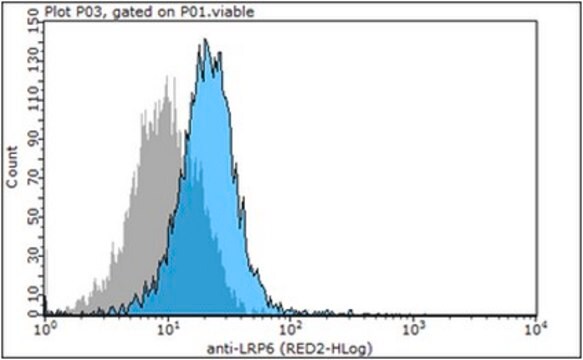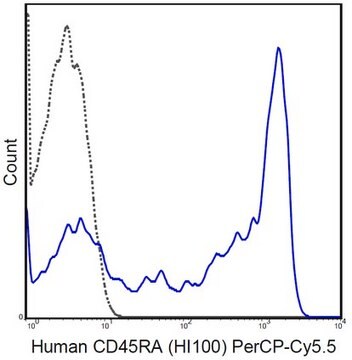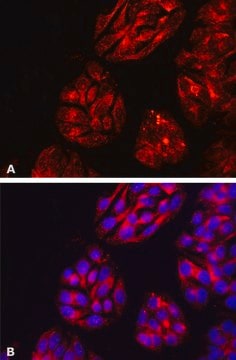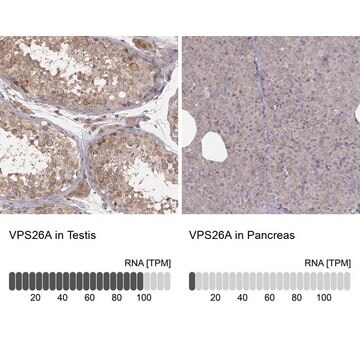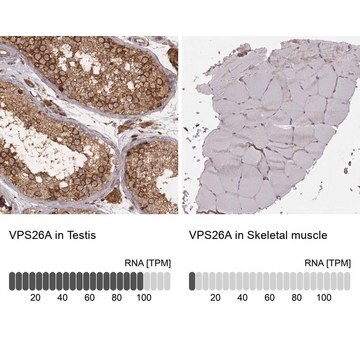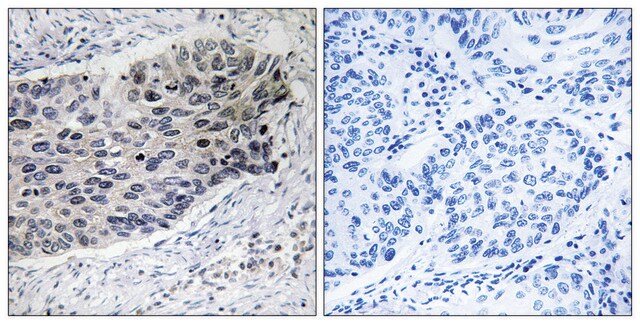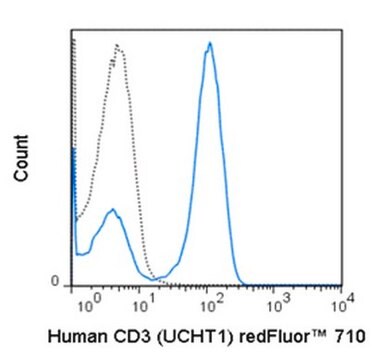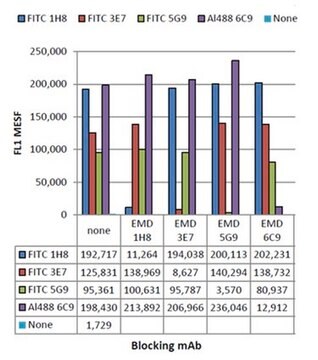CBL150-I
Anti-CD3e Antibody, clone UCHT1
clone UCHT1, from mouse
Sinônimo(s):
T-cell surface glycoprotein CD3 epsilon chain, CD3-epsilon, CD3e, T-cell surface antigen T3/Leu-4 epsilon chain
About This Item
Produtos recomendados
fonte biológica
mouse
Nível de qualidade
forma do anticorpo
purified immunoglobulin
tipo de produto de anticorpo
primary antibodies
clone
UCHT1, monoclonal
reatividade de espécies
human
técnica(s)
ELISA: suitable
flow cytometry: suitable
immunocytochemistry: suitable
immunohistochemistry: suitable
immunoprecipitation (IP): suitable
Isotipo
IgG1κ
nº de adesão NCBI
nº de adesão UniProt
Condições de expedição
dry ice
modificação pós-traducional do alvo
unmodified
Informações sobre genes
human ... CD3E(916)
Categorias relacionadas
Descrição geral
Especificidade
Imunogênio
Aplicação
ELISA Analysis: A representative lot was used as the capture antibody for the detection of epsilon-associated TCR complex proteins by sandwich ELISA (Poggi, A., et al. (1996). Int. Immunol. 8(12):1947-1953).
Immunocytochemistry Analysis: A representative lot detected the exogensously expressed human CD3 epsilon chain on the surface of murine T cells by flourescent immunocytochemistry (Clevers, H., et al. (1988). Eur. J. Immunol. 18(5):705-710).
Immunocytochemistry Analysis: A representative lot was employed to determined the plasma membrane and cytoplasmic CD3 immunoreactivity in T cell populations and T-ALL blast cells by flourescent immunocytochemistry (Campana, D., et al. (1987). J. Immunol. 138(2):648-655).
Immunohistochemistry Analysis: A representative lot detected CD3+ T cells (T3+) in the periglandular stromal aggregates in frozen dometrium sections from female donors undergone routine dilation and curettage procedures (Kamat, B.R., and Isaacson, P.G. (1987). Am. J. Pathol. 127(1):66-73).
Affects Function: A representative lot induced surface IL-2R expression and proliferation of human peripheral blood T lymphocytes (Van Wauwe, J.P., et al. (1984). J. Immunol. 133(1):129-132).
Flow Cytometry Analysis: A representative lot was employed for fluorescence activated cell sorting (FACS) of CD3+ human lymphocytes (Beverley, P.C., and Callard, R.E. (1981). Science. 11(4):329-334).
Inflammation & Immunology
Immunological Signaling
Qualidade
Flow Cytometry Analysis: 0.1 µg of this antibody detected CD3e in 1X10E6 human PBMC.
Descrição-alvo
forma física
Armazenamento e estabilidade
Handling Recommendations: Upon receipt and prior to removing the cap, centrifuge the vial and gently mix the solution. Aliquot into microcentrifuge tubes and store at -20°C. Avoid repeated freeze/thaw cycles, which may damage IgG and affect product performance.
Outras notas
Exoneração de responsabilidade
Não está encontrando o produto certo?
Experimente o nosso Ferramenta de seleção de produtos.
recomendado
Código de classe de armazenamento
12 - Non Combustible Liquids
Classe de risco de água (WGK)
WGK 2
Ponto de fulgor (°F)
Not applicable
Ponto de fulgor (°C)
Not applicable
Certificados de análise (COA)
Busque Certificados de análise (COA) digitando o Número do Lote do produto. Os números de lote e remessa podem ser encontrados no rótulo de um produto após a palavra “Lot” ou “Batch”.
Já possui este produto?
Encontre a documentação dos produtos que você adquiriu recentemente na biblioteca de documentos.
Nossa equipe de cientistas tem experiência em todas as áreas de pesquisa, incluindo Life Sciences, ciência de materiais, síntese química, cromatografia, química analítica e muitas outras.
Entre em contato com a assistência técnica